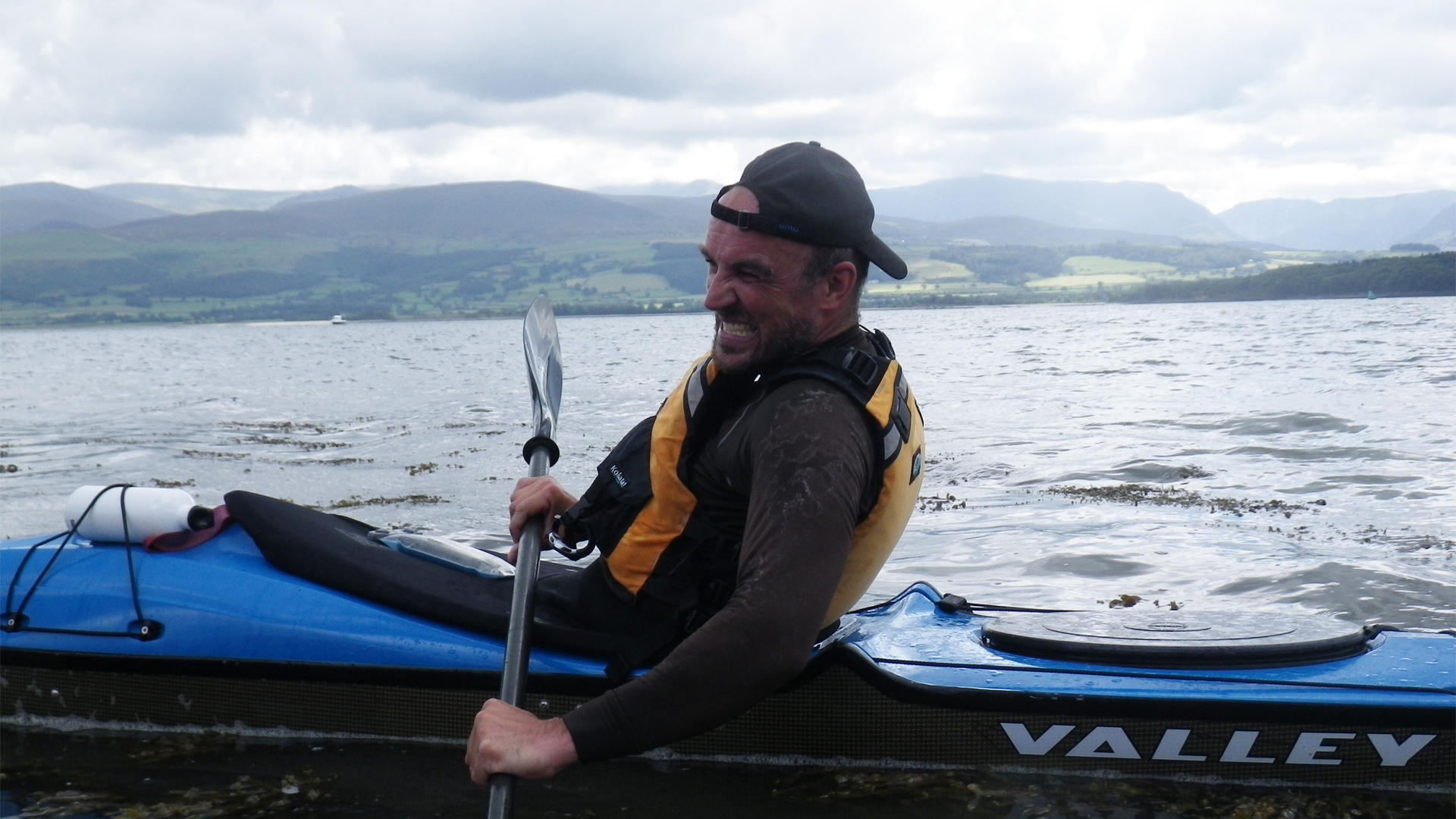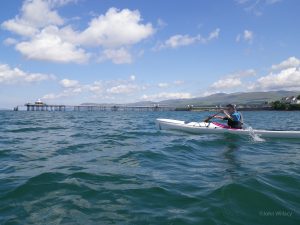By John Willacy
–
Performance Sea Kayaking demands a range of skills – across a wide spectrum of technical, physical and psychological abilities. The training toolbox of a Performance Sea Kayaker is usually pretty large, and composed of many different strategies, techniques and sessions. For this paddling discipline we need to work the range of physical systems, using a gamut of sessions to do this: Speed-Work, Speed-Endurance, Lactic, and of course Aerobic sessions. PSK requires it all.
A useful part of this varied toolbox is the good old Time-Trial (TT) – an important but humble, and sometimes humbling, device.
What is a TT?
At the most basic level a TT is not much more than paddling as hard as you can, against the clock, over a set course. The time is recorded, allowing the course to be repeated and times compared. This is useful to assess current performance, performance gain/loss and as a method to motivate.
Why?
A Time-Trial can bring many benefits, here are a few:
Physical Training Effect
There is the obvious physical benefit and training effect of working at a high intensity over a distance:
(Puff and Pant)2 = Fitness
This intensity is an important aspect of the training effect gained from paddling a TT. Time-Trials will generally make a paddler work at a higher intensity than sessions that are not against the clock – especially significant for those who train alone. If you don’t have training partners to chase or be chased by, the clock is the next best motivator.
Familiarisation
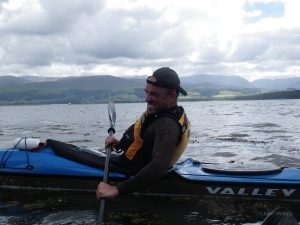
Being exposed to the pace and discomfort involved helps us to learn how to tolerate the physical hardship of exercising at intensity over a duration. The TT teaches you a lot about yourself; the feedback from your body is freely given, succinct and fairly plain. It shows exactly where your physical and mental limits lie – useful knowledge for a paddler preparing for challenge paddling.
Unfortunately, the only way you can learn these limits is through direct experience; reading a book of someone else’s opinions doesn’t really help here… You have to go out and suffer for the cause.
Pacing
Pacing is an important skill to learn, and once again, being exposed to it is the key to learning. Over time a picture begins to build. It does take time, but eventually you start to know what pace you can maintain, how to set the pace required – how hard to start out, when to push, when to go easier, and what you can expect to have left in the tank towards the end. It’s also important to learn how to maintain a constant pace with few references – i.e. when not paddling in a group.
Initially it’s all rather tenuous, but later (after a lot of work) it ‘just happens.’ The more often you experience this the more familiar you become. It becomes easier to reproduce the optimum pace on the day. The Time-Trial is useful to obtain this frequent training exposure.
Confidence
This exposure, this familiarisation, gives you a confidence that you can maintain the pace, that you can last the distance, that you can hold it all together until the end. You’ve done it before, many times; today is no different. It’s only pain, it ends eventually.
Setting a good TT time in training will lift confidence and self-belief a surprising amount; it puts an it’s-important-in-my-little-world smile on your face.
Monitor and Assess
A regular TT helps to monitor training progression and to assess current performance. The record of previous TT times helps here as we can see just how we are performing in relation to earlier attempts. From this we can tweak our current training, gain confidence or extrapolate future anticipated performance. It can help us assess or judge performance throughout the training year and different phases of the training programme. A good TT gives few opportunities for excuses, it tells us exactly where we stand in relation to training performance. It’s important to know, though not always what you want to hear…
Some TT’s can be ‘training TT’s’ – used primarily to expose to intensity paddling. Others are ‘assessment’ TT’s – used to tell the truth and highlight ups and down within training. There is an overlap between the two.
Motivation
A regular (weekly, bi-weekly, monthly etc.) TT adds a little focus and structure to a training programme. A monthly meet-up say, to have a regular ‘mini-Worlds’, will concentrate your training mind when you feel a little apathetic on those dark and cold winter nights. Knowing a ‘peer-performance display’ looms makes you get off your arse. In addition, as said previously, it motivates on the micro-level too – that is you paddle harder within the session.
Social
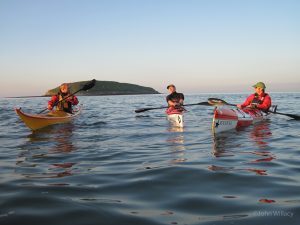
Some TT’s are private affairs but others can be an excuse for a bit of a get-together. A group TT adds an opportunity for a bit of a dust-up, a mini-World Championships, or just a pretext for some banter and gossip.
It brings paddlers together. As well as a chance to catch up, it also gives a low-key way to see how your training compares.
What do we need for a TT?
- A stretch of water
- A watch
- The inclination to paddle hard
- A notepad and pencil (or the digital equivalent for you hi-tech types)
…pretty simple really.
The Course
Can be either a ‘one way’ or an ‘out and back’. The out and back is the more common; it helps to average out external factors such as wind, river or tidal flow. It also makes logistics easier, you finish were you start from. Try to keep a fairly sheltered course. Open water courses are good for familiarisation / simulation work but have an element of exposure (you could well be paddling to wobbly-arms level remember) and may be difficult to schedule if they are affected by the weather.
The Turning Point
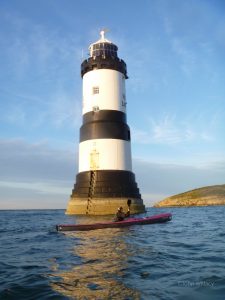
Needs to be obvious, fixed, and long-term permanent. Something that is going to outlast the seasons, and is not going to be affected/removed by either man nor nature. TT’s (and their times) can last for many years, even decades. It’s frustrating if someone removes your turn point landmark after you have built up times for more than a year or two.
Moving or Still
Some prefer a still water course, such as a canal or lake. The times are more directly comparable. For me in my latter paddling years I’ve grown to relish a moving water TT; it offers more options, demands more thought and is consequently more rewarding. Even on moving water, the times on a good out and back can still be surprisingly comparable – unless you make a mistake, or bad call. Moving water courses, weather river or tidal, do however have an optimum water level, where times tend towards best.
Length
Size matters, but the length is down to you. Many competition paddlers will have a number of TT’s, of varying lengths, in their toolbox. There is a big difference in the intensity, pacing and mental approach required between a 15 minute and a 2 hour TT. Length will also vary somewhat to match the real world: a planned 2 hour TT is going to get tedious if your canal is only 10 mins between locks.
Your shortest course needs to be long enough that you need to pace it – that’s sort of the point. Perhaps 10-15 min upwards – any less is a long sprint really. The longest needs to be not so long that you need 6 months to get over it, or takes so much time out of the day that you can only fit it in once a decade. That said it can be useful to have the odd ‘Monster TT’ hidden at the (very) bottom of the toolbox, it is good for that familiarisation / simulation work important to PSK paddling.
Frequency
How often is hard to say, it is down to the individual and the training programme. But TT’s need to come around regular enough to be useful to influence fitness and to motivate or assess. However they should not be so frequent that they cause long-term fatigue. As a rough guide the shorter the TT the more frequent it can (or should) be run. A short 10 min TT may be run weekly or bi-weekly say, used more for intensity paddling, but a long multi-hour affair may only appear every few months or so. It will take time to recover from such an event.
Examples:
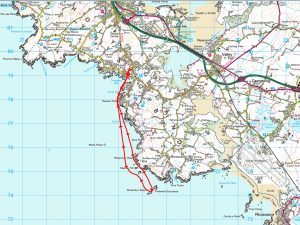
Personally I have a number of TT’s of varying lengths, for different boats, and different parts of the country. The first one was back in 1984, I think. Here are a couple of examples from the opposite ends of my current TT spectrum:
BB TT
A short out-and-back, that is 11 years old now – sub-11 minutes on a good day.
So why is it a TT and not just a 11 min effort? Because it is usually run in a session made up of 2-3 efforts. The first effort is a TT against previous times to ‘keep me honest’, as Big Ian would say. The aim for the following effort(s) is to keep within a percentage drop off of the first(or session fastest) time. This gives a guide on short-length, high-intensity fitness – if the drop off is too high then I’m officially a fat-knacker.
Puffin TT
This is a 3 hr monster. It is one to train the mind as much as the body.
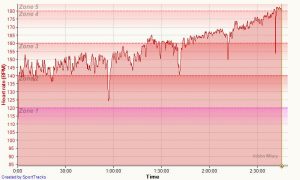
The long distance is hard from the start; but this is good training psychologically, to learn to accept the mild despair on the start line as the GPS shows so many numbers! The familiarisation from many runs of this one has taught me to be patient and accept that the numbers will diminish eventually. The course demands specific lines, tidal planning, time-keeping and decision making. It requires concentration and thought, especially when things are becoming unpleasant towards the end – it’s a good simulation of a record attempt or personal challenge. The distance involved means it is a good pacing simulator for crossings etc. too. It can be a test bed to try out changes to technical aspects, such as eating, drinking, kit changes etc. also.
So, a Time-Trial isn’t just for Christmas, it’s for life.
A good TT is a useful tool. You can make it as simple or complicated as you like. It can be the most basic of training tools, something just to make you paddle hard now and then. Or it can be used for much more, a solid cornerstone of your training programme. It really is up to you.
But at the end of the day it’s all pretty simple really:
So go on – Press the button, and pull hard…
John Willacy
Mar 2016
